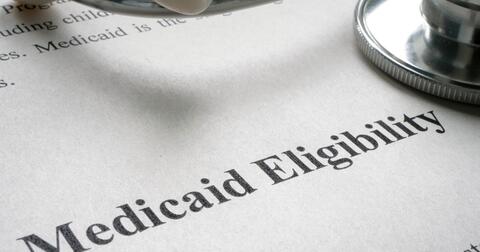Pandemic response drove increase in government assistance in Michigan
One-third of the state is on government assistance. COVID-19 response was the dividing line
If you seek a fellow Michigander on government assistance, look about you.
Between food stamps, welfare checks, health care and Medicaid, one in three Michigan residents is on some form of government assistance.
Michigan’s welfare state has only grown over the years. In fiscal year 2019, which includes the time when Gov. Gretchen Whitmer took office, the comparable number was 2,576,663 monthly recipients of government aid. That number rose to 3,339,705 in 2023.
That number is up 30% in just five years, and it represents 33% of Michigan’s population.
Not all the numbers have gone up. Disability enrollment shrank from an average of 3,023 monthly recipients in 2019 to 1,774 in 2023. The Family Independence Program shrank from an average of 36,584 monthly recipients in 2019 to 29,555 in 2023. Child development and care fell slightly, from 70,882 in 2019 to 69,641 in 2023.
But participation in all the other categories went up.
The number of Medicaid recipients in Michigan grew 21% since 2019, to an average of 2,166,550 per month up from 1,768,119 in 2019. This is by far the biggest cohort on government aid.
During the COVID-19 pandemic, states did not have to verify the eligibility of Medicaid recipients. That has changed. The Detroit News reported this month that 540,000 people were purged from Michigan’s Medicaid rolls just since the start of 2024.
In recent years, Michiganders are suffering more and more calamities that require state aid.
State emergency relief checks went out to an average of 22,109 people per month in 2019, but the number has more than doubled since then, reaching 56,457 in 2023. This support covers a range of emergencies, including relocation funds, utility assistance, and burial funds. That’s a 155% increase.
Enrollment in the Healthy Michigan Plan (health insurance) has grown by 56% since 2019, increasing from 682,693 in 2019 to 1,070,811 in 2023.
About 17% more people are enrolled in food assistance than were in fiscal year 2019. That’s an average of 1,380,648 recipients per month 2023 compared to 1,180,070 in 2019.
Michigan Capitol Confidential is the news source produced by the Mackinac Center for Public Policy. Michigan Capitol Confidential reports with a free-market news perspective.



